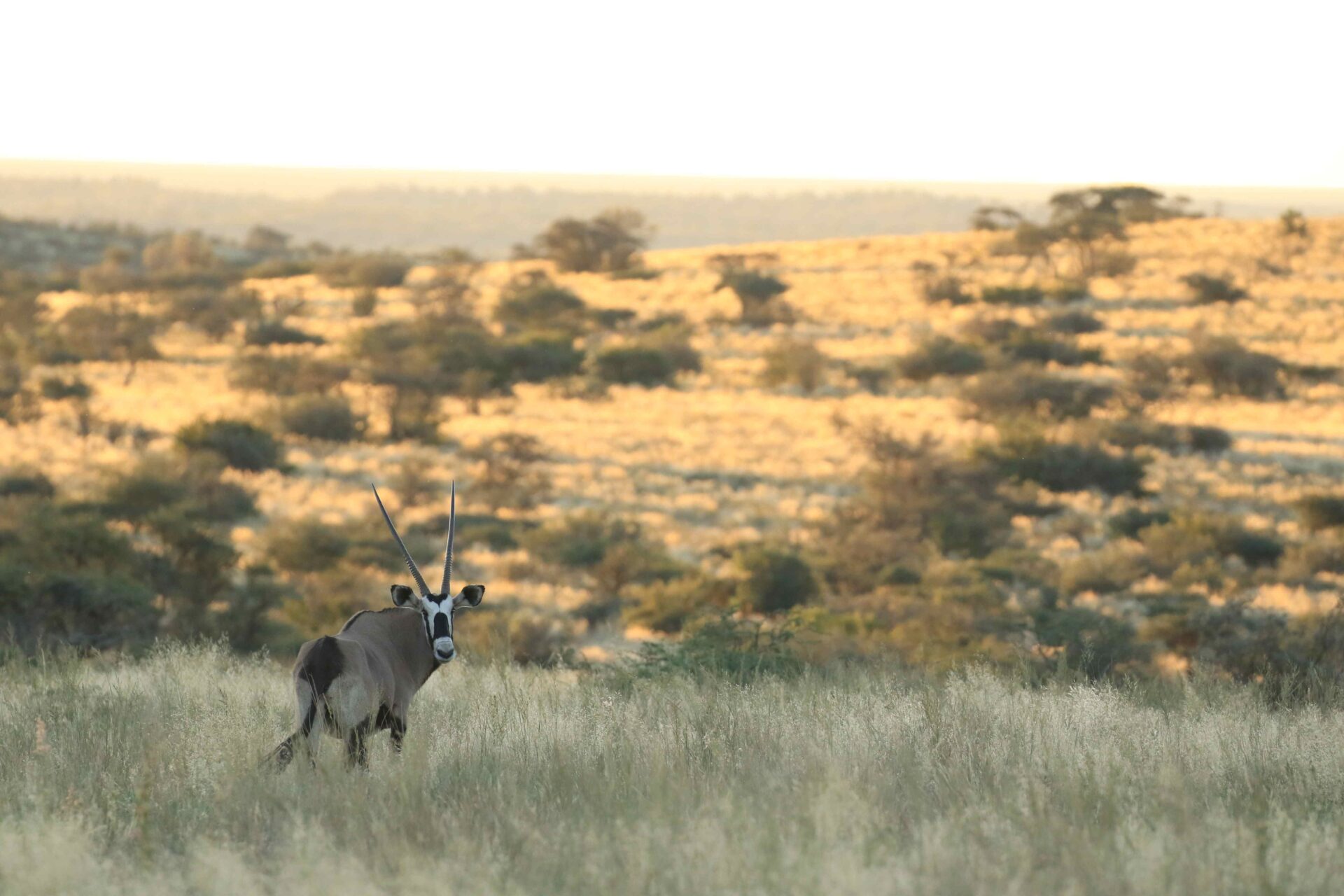Life Lessons from a year in the Kalahari
The day I left for Tswalu, I traded the sound of city traffic for silence that stretched for kilometres. Twelve hours of driving carried me from the familiar greens of the Western Cape into a land that felt older than time itself. Red dunes rising and falling, heat shimmering on the horizon and a sky so wide it seemed to swallow you whole. Each turn of the road was a slow shedding of comfort. Fynbos gave way to savannah, and soon I was stepping into the vastness of the Kalahari.
For every nature conservation student, the Work Integrated Learning (WIL) year is a milestone. It is the bridge from theory to practice, where lessons taught in lecture halls become lived experiences. At my university, Cape Peninsula University of Technology, students often choose placements through long-standing partnerships with organisations like SANParks and Cape Nature. I had planned to do the same.
At the start of my second year, I promised myself simplicity for my final year of studying. I’d apply to somewhere close to home, somewhere familiar and safe. But comfort has a way of dulling dreams. Then, an advert was circulated through the department: Tswalu was offering WIL placements to CPUT students, the first such placement offered to CPUT students since 2015. Suddenly, “local” felt small. By mid-year, I knew that this phase of my life was not meant for playing it safe; it was for taking risks. So, I took the leap, applied, and never imagined I would get in. I arrived eager but uncertain, not yet knowing the challenges that awaited me.
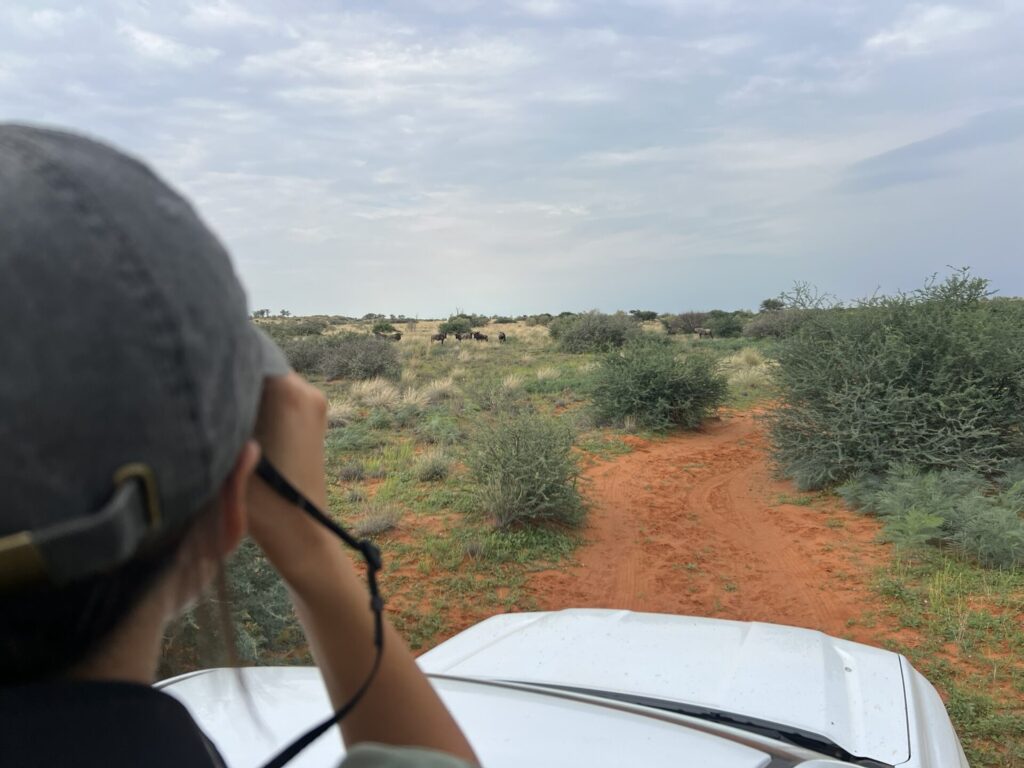
The early weeks of 2025 were harder than I expected. As a girl from the coast, I felt as though I had landed on another planet. The air was dry, the land vast and unfamiliar, and the nights achingly silent. Isolation crept in, whispering that I didn’t belong here. There were moments I thought of the easy choice I could have made, staying in Cape Town, close to familiarity, close to comfort. But slowly, something shifted. I realised it wasn’t my inabilities holding me back; it was unfamiliarity. The Kalahari wasn’t rejecting me; I simply hadn’t yet learned its rhythms.
And so, like a hatchling stumbling from the nest, unsteady but determined, I learned to sit with discomfort, recognising it not as failure but as moulting. A process of growth that strips you raw before reshaping you.
By May, the land had begun to teach me.
I learned to love the vastness of the Kalahari, even when it pressed down with unbearable heat by day and with cold savannah air by night. Amid this vastness, each day revealed rhythms I had never noticed before. The land was calling me to observe, question and learn.
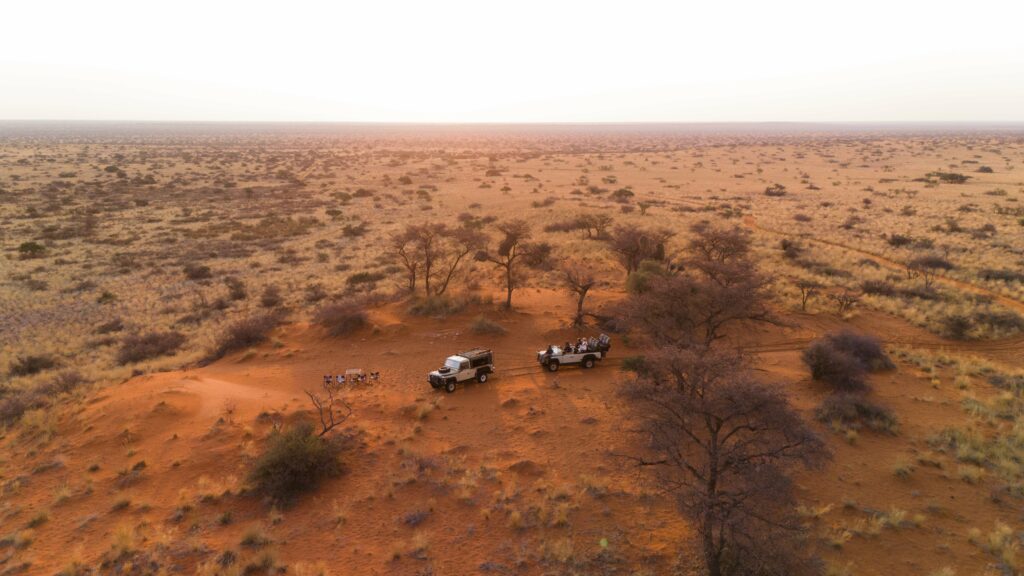
At Tswalu, my curiosity for research was not only encouraged but set alight. I walked beside researchers, watching as they pieced together the puzzle of the ecosystem with patience and precision. I learned that research is not a quiet pursuit but an active conversation with the land. Each observation and data sheet becomes part of a dialogue where science guides the decisions that safeguard nature. It is through this journey that I have come to see the real value of asking questions and staying curious. I have truly fallen in love with the art of questioning and with the pursuit of finding answers that matter.
Yet not every discovery brought excitement; some carried reminders of the bush’s rawness. I learned that the bush doesn’t stir the same thrill in me as it does for others. Witnessing wild dogs take down a gemsbok was gruesome, awe-inspiring and unsettling all at once. It reminded me of nature’s ruthlessness and our small, humble place within it. My mentor, Dr Wendy Panaino, told me early on that even discovering what you don’t enjoy is valuable. She was right. Through moments like these, I began to understand not just what excites me but also the boundaries of my own calling within conservation.
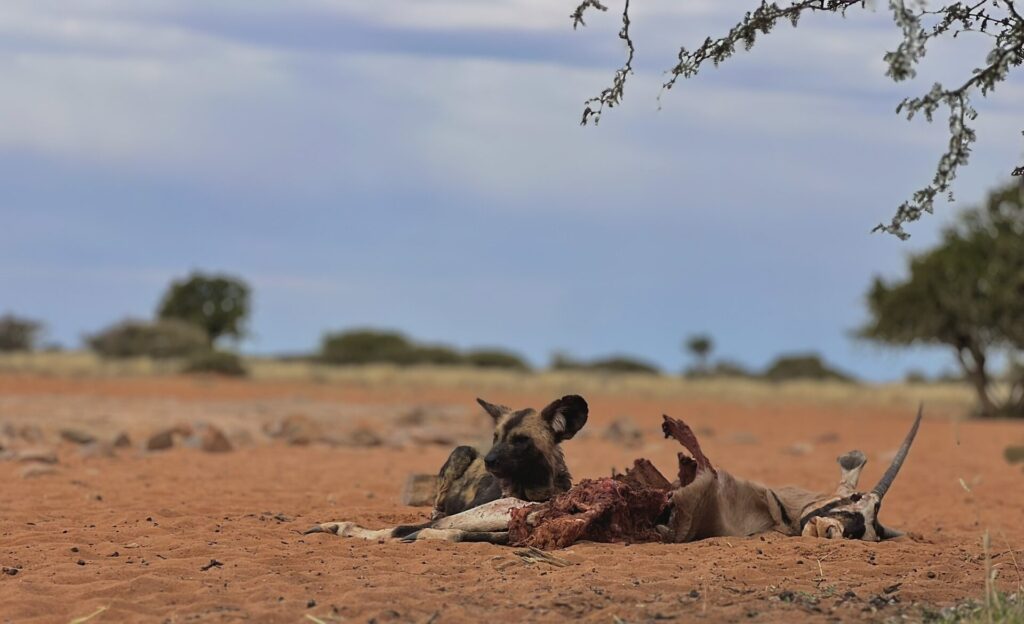
Even in its harshness, the land quietly revealed what resonated most with me. Watching animals trace their lives around the scarce waterholes, I began to recognise my own path. The landscape deepened my connection to water, a bond shaped by years of growing up near the coast. Each waterhole was a centre of life, dictating survival and shaping behaviour, and in them, I saw a reflection of my own compass. Strangely, being surrounded by arid savannah made me appreciate my love for water even more. Water has always been my lifeline, and at Tswalu, that truth echoed louder than ever. It is where I feel called, and going forward, I know my conservation journey must flow toward it.
Looking back, my WIL year was more than an academic requirement. It was a rite of passage. The Kalahari stripped away comfort and gave me raw, unfiltered experiences that demanded growth. I arrived craving safety, and I’m leaving with clarity, purpose and courage. I may not have found all the answers. But I found myself reshaped by the land, the people, and the work.
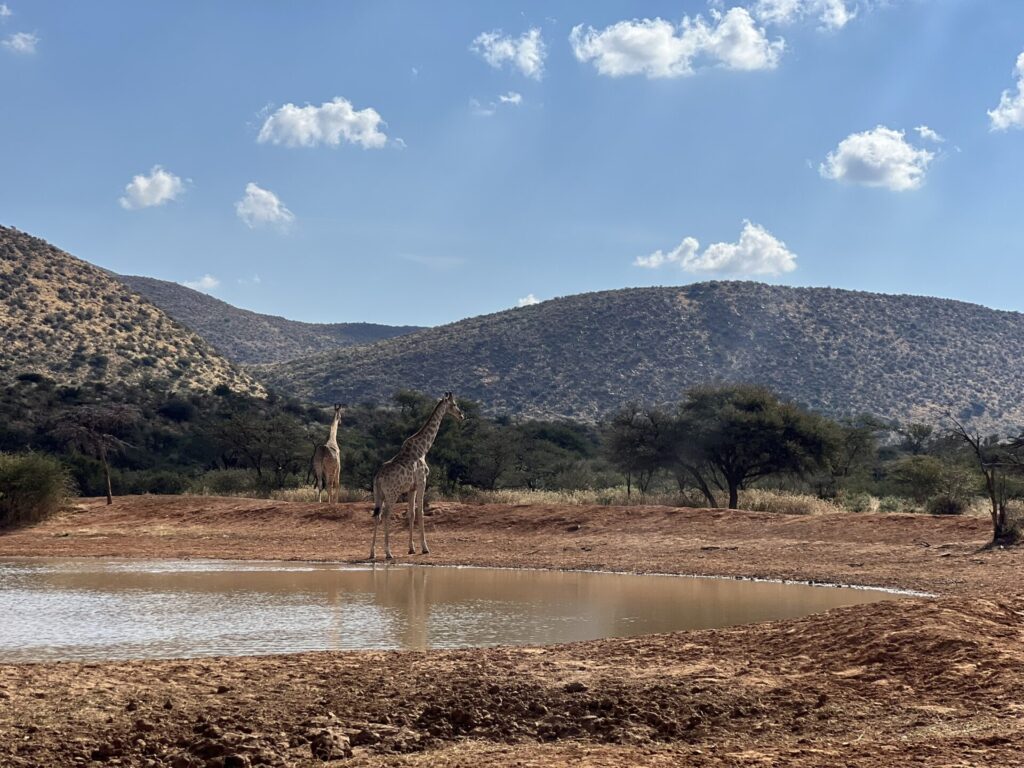
In the end, the Kalahari tested me, taught me and transformed me. That, I believe, is the true value of a journey like this: to step into the unknown and emerge changed, carrying the land’s lessons into the path I am meant to follow.
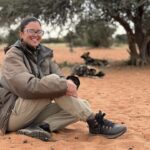 About the author:
About the author:
Amy Maria Jacobs is a third-year Nature Conservation student with a deep passion for protecting natural spaces. She is especially interested in the role of indigenous knowledge in conservation and believes education is key to long-term environmental stewardship. Based in Cape Town, Amy is also a dedicated free diver who spends her weekends in the ocean, often engaging with communities to inspire a deeper connection to nature.
